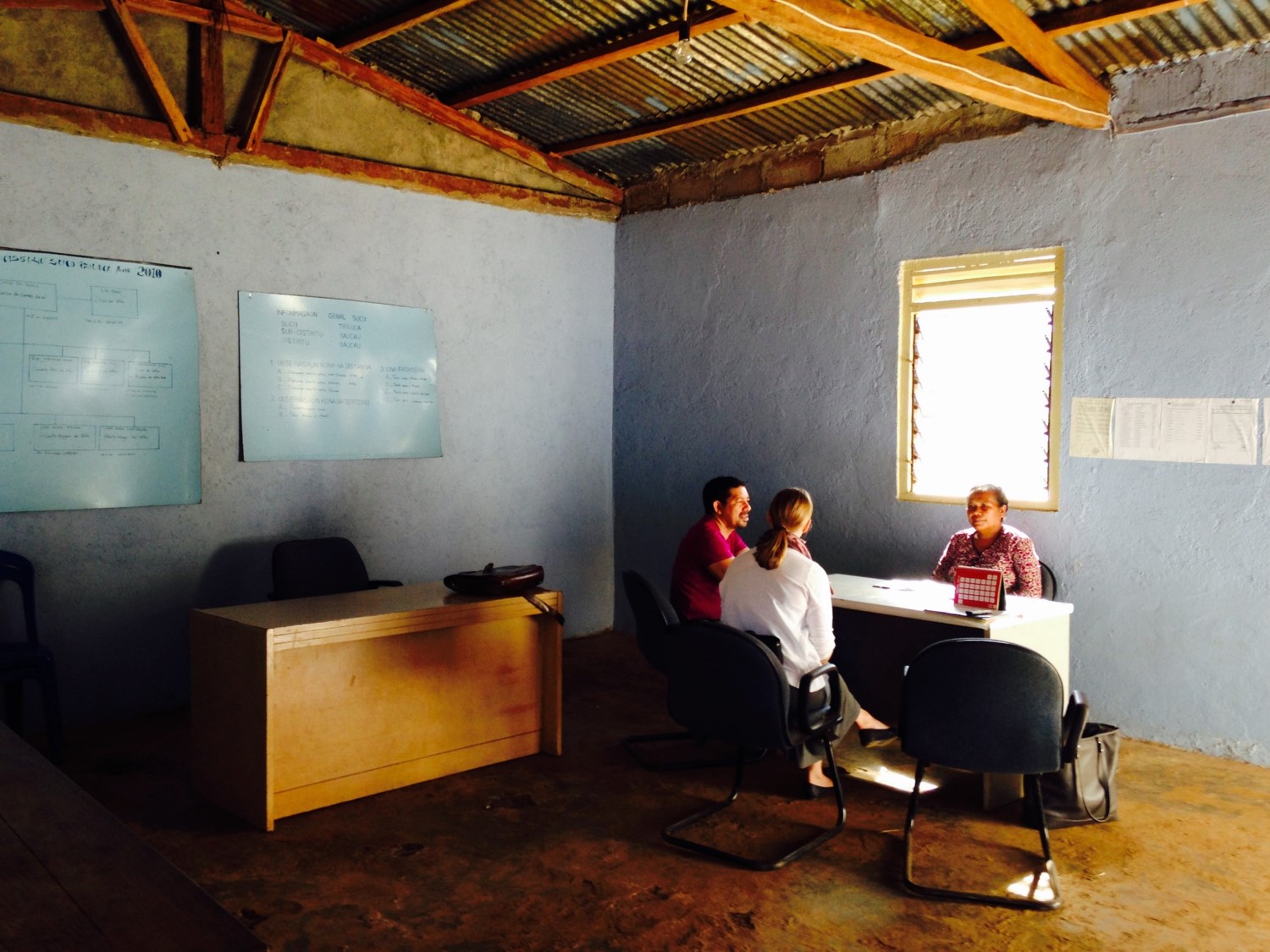If you work in international development, chances are you’ve been there – in a meeting, on a call, or over email where some person starts going on about why your project’s anticipated outcomes are really more like higher level outputs and the logic model needs to be built out to better reflect the causal mechanisms and the theory of change is too simplistic… and everyone starts tuning out.
Or maybe you were that person. As IRI’s director of monitoring, evaluation and learning, I’ve been that person. A lot. So much so that I coined a phrase for it: M&E-splaining. And I decided I had to stop.
Monitoring and evaluation has been an increasing focus for international development practitioners, particularly over the last decade or so. And for good reason: the idea that international development programs should be able to demonstrate sustainable, meaningful results is something that I think most people can agree on.
As the aid community has become increasingly sophisticated about monitoring and evaluation, we have also developed a more sophisticated understanding of how to think about and talk about monitoring and evaluation. Increasingly, development organizations have designated staff or whole departments as M&E specialists, dedicated to meeting ever more technical requirements in program design, reporting and evaluation.
When I made the transition from program management to M&E ten years ago, I found the whole thing – the specialization, the theories, the approaches, the language – exciting. Finally, here was a way to talk about all the things that I struggled to convey about the programs I was managing. Soon I was fluent in M&E, and engaging in debates about the difference between outputs and outcomes, and the benefits of logframes versus results chains, and so on and so forth.
But the problem with M&E is that using specialized vocabulary to describe this critical component of development work excludes people who don’t speak that language – program teams, field staff and trainers, for example. But the people most likely to be excluded are exactly those whose voices are most important – the in-country partners and beneficiaries who have direct knowledge of the problems we are trying to address and the solutions that are most likely to work.
If you go to IRI’s website on our M&E approach, you’ll see that we place a particular emphasis on participatory and inclusive M&E. I and colleagues from IRI’s Office of Monitoring and Evaluation have led trainings and workshops on program design, performance monitoring, and evaluation to our partners and stakeholders in countries all over the world. We’ve worked with civil society activists in Jordan, anti-violence commissions in Guatemala, and county officials in Kenya, to list a few.
Through these experiences, we’ve learned how important it is to “translate” M&E for these audiences. And I don’t just mean figuring out how to differentiate between “Goal” and “Objective” in another language. I mean talking about M&E concepts – fundamentals of program design and management – in terms that respect these stakeholders’ unique experiences and expertise and that invite them to be part of the conversation, rather than shutting them out from the outset. In other words, don’t be an M&E-splainer.
Are you convinced? If you’re ready to break out of the M&E-splaining habit, here are a few ways we’ve done it:
- For staff and partners who want a basic understanding of M&E, our M&E Handbook is specifically written for non-M&E specialists. A Spanish-language version will be available soon.
- We’ve developed a comprehensive Mentored Evaluation program that uses a training of trainers approach to build in-country capacity for M&E
- We have skilled in-country M&E specialists who engage with in-country partners on a regular basis and who can relate to their experiences
- We use creative tools like dot-mocracy and visual storytelling to make sure our evaluations are inclusive, particularly of traditionally marginalized groups
- We think of fun, hand-on approaches to facilitate discussions on M&E topics, like legos, post-it notes, marshmallows, and even Star Wars references
